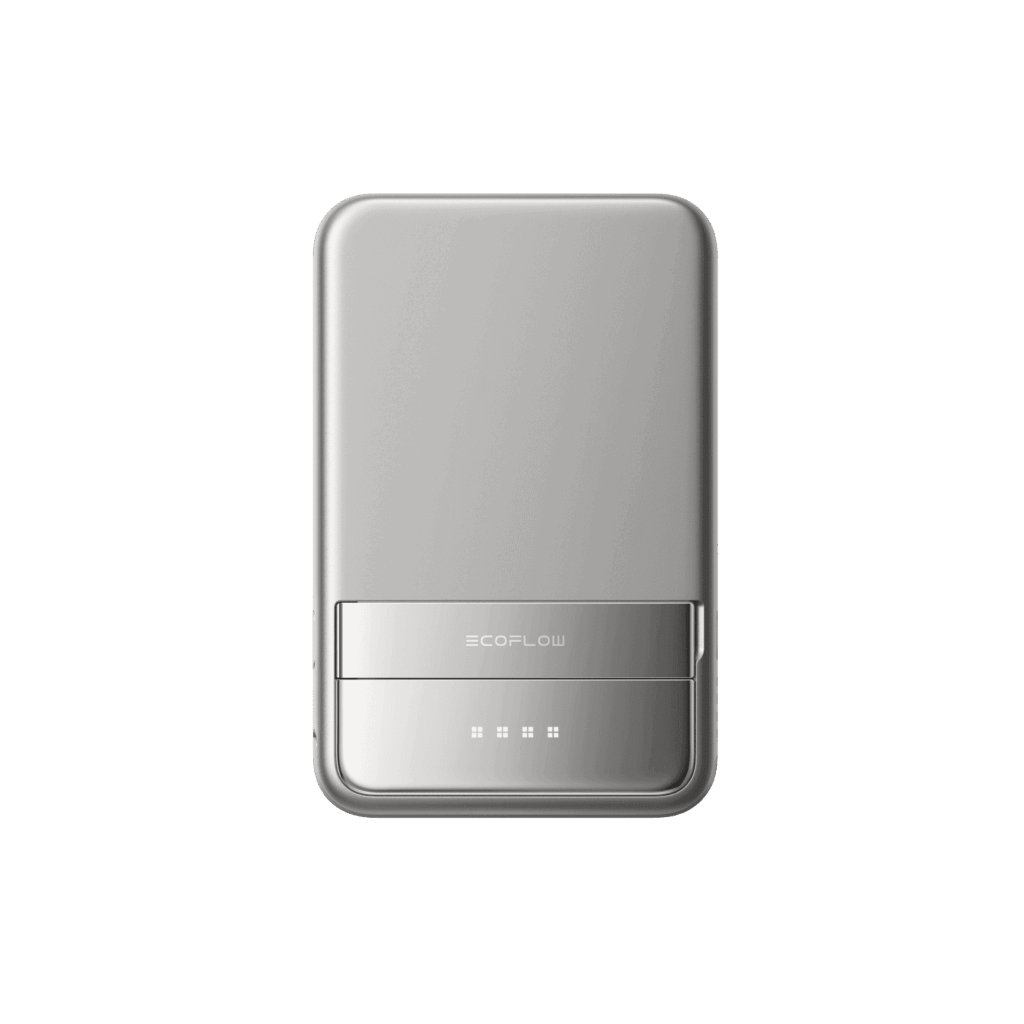
We’ve all been there – that sinking feeling when your phone battery dies during a crucial moment. Whether you’re navigating through a new city, waiting for an important call, or trying to catch a ride-share, a dead device can throw your entire day into chaos. As our reliance on mobile devices grows, the battle between traditional wall chargers and power banks has become increasingly relevant. Both promise to keep our devices powered up, but each offers distinct advantages in the race to deliver fast, reliable charging. This comparison dives deep into the world of rapid charging technologies, examining how power banks and traditional chargers stack up in terms of charging speed, convenience, and dependability. Understanding these differences is crucial for making informed decisions about powering our increasingly connected lives.
Understanding Fast-Charging Technology Fundamentals
Fast-charging technology has evolved significantly beyond simple voltage and current delivery. Modern charging protocols like USB Power Delivery (USB-PD) and Qualcomm Quick Charge enable devices to communicate with chargers, negotiating optimal power levels for maximum charging speed while maintaining safety. These protocols work by dynamically adjusting voltage levels, typically ranging from 5V to 20V, while managing current flow to deliver more power without overheating. A key breakthrough has been the ability to push higher wattages – up to 100W or more – through USB-C connections, revolutionizing how quickly we can charge everything from phones to laptops. However, this rapid charging capability requires both the charging device and power source to support compatible protocols. Built-in safety mechanisms, including temperature sensors, voltage regulators, and current limiters, work in concert to prevent damage from overcharging, short circuits, or thermal runaway. Understanding these fundamentals helps explain why not all chargers deliver the same performance, even when rated for similar power output – the sophistication of their charging protocols and safety systems makes a crucial difference in real-world charging speeds.
Power Banks: Portable Power Revolutionized
Capacity and Mobility Advantages
Modern power banks have transformed how we think about battery capacity, with mAh ratings ranging from 5,000 for pocket-sized units to massive 50,000+ mAh powerhouses. These ratings directly translate to how many times you can recharge your devices – a 10,000mAh power bank typically provides 2-3 full charges for an average smartphone. The true innovation lies in their form factor evolution, with slim designs fitting easily alongside phones in pockets, while higher-capacity units remain compact enough for backpacks. This portability revolution means users can now carry enough power for multiple devices, from phones and tablets to laptops, supporting full-day or even multi-day power independence.
Fast-Charging Capabilities in Modern Power Banks
Today’s premium power banks leverage Gallium Nitride (GaN) technology to deliver wall charger-level speeds in portable form. Leading manufacturers like EcoFlow are pushing boundaries with advanced units featuring multiple high-speed ports, often supporting 100W or higher output through USB-C, while maintaining 95% power efficiency. The latest models can simultaneously fast-charge multiple devices, intelligently distributing power based on device needs. This means your laptop can receive 65W while your phone gets 25W, matching or even exceeding traditional charger capabilities. Most importantly, modern power banks are universally compatible with fast-charging protocols like USB-PD and Quick Charge, ensuring optimal charging speeds across different device brands and types.
Traditional Chargers: Wired Reliability Reexamined
Speed and Stability of Wall Chargers
Wall chargers maintain a distinct advantage through their direct connection to mains power, delivering consistent, uninterrupted charging speeds without the capacity limitations of portable solutions. This constant power flow ensures devices receive maximum supported charging rates throughout the entire charging cycle, particularly beneficial for power-hungry laptops and tablets. Modern GaN wall chargers achieve remarkable efficiency, converting AC power to the precise DC voltage needed while generating minimal heat. This stability proves especially crucial for devices utilizing dynamic charging protocols, as the steady power supply allows them to maintain peak charging speeds without throttling.
Mobility Constraints and Situational Use
Despite their charging prowess, traditional wall chargers face inherent mobility challenges that limit their versatility. Users must navigate varying outlet availability, often competing for limited socket access in public spaces. International travel introduces additional complexity, requiring specific adapters for different socket standards and voltage requirements. Wall chargers excel in controlled environments like homes, offices, or hotels where consistent power access is guaranteed. However, they become less practical during commutes, outdoor activities, or in locations with unreliable power infrastructure. This situational dependency makes traditional chargers ideal for primary charging locations while necessitating backup solutions for mobile scenarios.
Head-to-Head: Fast Charging Performance Face-Off
Speed Test Comparisons (0-80% Charge)
Rigorous testing reveals significant performance differences between power banks and wall chargers when racing to the crucial 80% charge mark. Modern smartphones typically reach this threshold in 35-40 minutes with high-quality wall chargers, while comparable power banks often require 42-48 minutes for the same charge level. This slight lag occurs because power banks must manage their own battery’s discharge rate while maintaining optimal temperature. The gap widens with tablets and laptops – wall chargers consistently deliver full rated power, while power banks may throttle output during extended charging sessions to prevent internal battery stress. Notably, both charging methods show reduced efficiency as device batteries age, with charging times increasing by approximately 15% after 500 charge cycles.
Real-World Reliability for On-The-Go Users
Real-world testing across various scenarios demonstrates distinct reliability patterns. During typical commute situations, power banks prove invaluable by maintaining consistent charging speeds regardless of location, while wall charger users face the challenge of finding and competing for available outlets. Long-distance travel scenarios particularly highlight power bank advantages – a 20,000mAh unit can sustain multiple devices through a 12-hour international flight, while wall charger users remain tethered to sparse airport outlets. However, extended business trips reveal the complementary nature of both solutions – power banks excel during daily mobility, while wall chargers provide overnight recovery for both devices and the power banks themselves. Emergency scenarios further emphasize power bank reliability, offering crucial backup power during unexpected outages or in areas with unreliable electrical infrastructure.
Choosing Your Ideal Charging Solution
Assessing Lifestyle Needs
Selecting the optimal charging solution starts with a clear assessment of your daily power demands. Remote workers spending most time at home benefit from strategically placed wall chargers near workstations and relaxation areas. In contrast, commuters navigating between multiple locations throughout the day require portable power solutions that can sustain multiple devices. Digital nomads and frequent travelers should prioritize versatile power banks with international charging capabilities. Consider your device ecosystem – users with power-hungry laptops alongside mobile devices need higher-capacity solutions than those charging smartphones alone.
Hybrid Solutions for Maximum Flexibility
The most effective approach combines both charging technologies strategically. Modern GaN power banks featuring pass-through charging serve as wall chargers when plugged in while providing portable backup power when needed. Position high-speed wall chargers at your most frequent locations – home office, bedside, and workspace – while keeping a reliable power bank ready for unexpected situations. For maximum efficiency, pair a compact 10,000mAh power bank for daily commutes with a higher-capacity 20,000mAh unit for travel, supported by strategically placed wall chargers at regular destinations. This layered approach ensures you’re never without fast-charging capability, regardless of location or circumstance.
The Future of Mobile Power Solutions
The battle between power banks and traditional chargers ultimately reveals that neither solution alone delivers the perfect charging experience. Power banks excel in mobility and versatility, offering essential backup power for our increasingly mobile lifestyles. Their ability to charge multiple devices anywhere makes them indispensable for travelers, commuters, and anyone who needs reliable power on the move. Traditional wall chargers, however, maintain their crown for pure charging speed and consistent performance, particularly in fixed locations. The future of charging technology points toward hybrid solutions that blur these distinctions, with GaN technology and advanced power delivery protocols making both options increasingly efficient. For today’s tech-savvy users, the winning strategy isn’t choosing between power banks and wall chargers – it’s strategically employing both to create a comprehensive charging ecosystem that ensures constant access to fast, reliable power, regardless of location or circumstance. As charging technology continues to evolve, we can expect even more seamless integration between portable and fixed charging solutions, further transforming how we keep our devices powered in an increasingly connected world.













